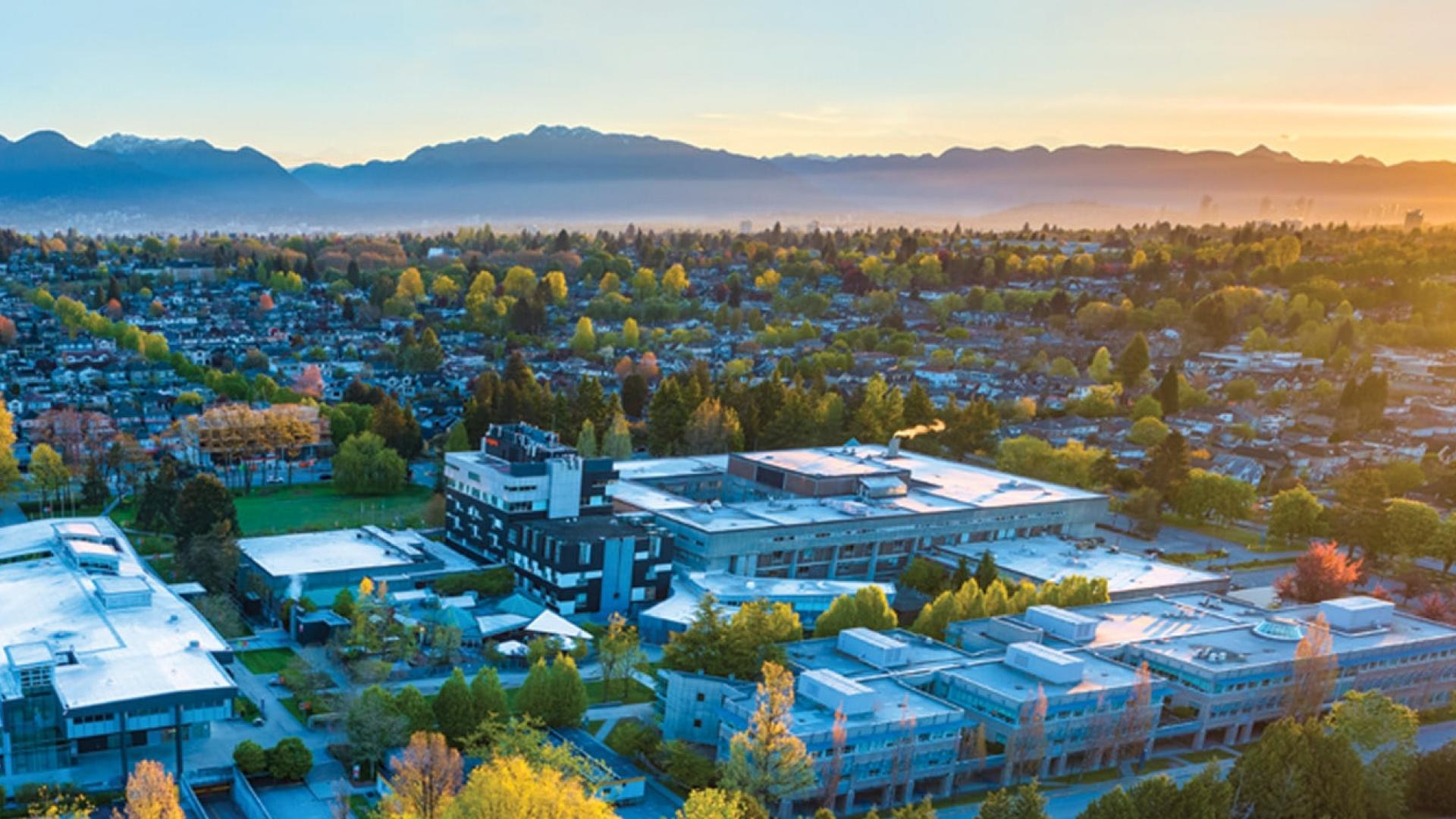Collective Bargaining at Langara About Bargaining
Collective bargaining is the formal process where Langara College and its employee groups negotiate the terms and conditions of employment.
At Langara, this process follows the coordinated framework set by the Post-Secondary Employers’ Association (PSEA), which guides all public post-secondary institutions in British Columbia.
The goal of collective bargaining is to reach agreements that are fair, sustainable, and support the College’s mission, values, and commitment to students and employees.
How the Process Works
Preparation
Both the College and each employee group review their existing agreement, identify priorities, and prepare proposals.Negotiation
Representatives from Langara and the employee group meet to discuss proposals, clarify interests, and work toward agreement on key terms.Tentative Agreement
When both sides agree on terms, a tentative agreement is reached. It is then reviewed and ratified by the employee group’s membership and approved by Langara’s Board of Governors.Implementation
Once ratified, the new collective agreement is posted publicly and put into effect for the agreed term.
Provincial Context
All public post-secondary institutions in B.C. bargain within a coordinated framework managed by the Post-Secondary Employers' Association (PSEA) on behalf of the provincial government.
This ensures consistency across the sector while allowing each institution to address its unique circumstances.
Langara’s Approach
Langara’s approach to collective bargaining is guided by the College’s mission and values, with a continued focus on core services and the success of our students.
Our goal is to keep the College sustainable and student-focused, and to handle this process with transparency, care, and respect.
